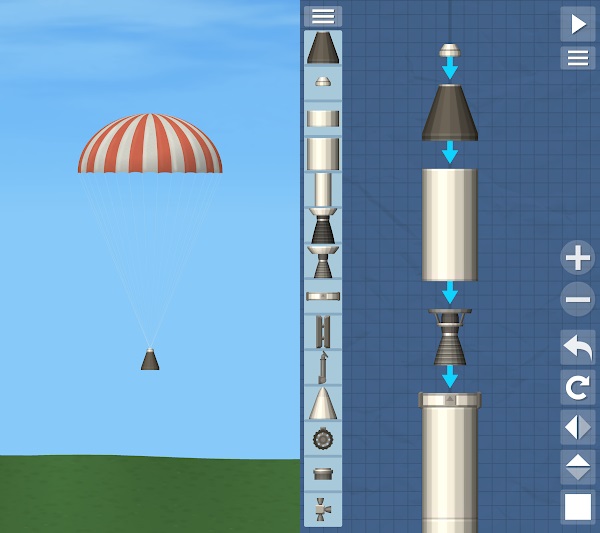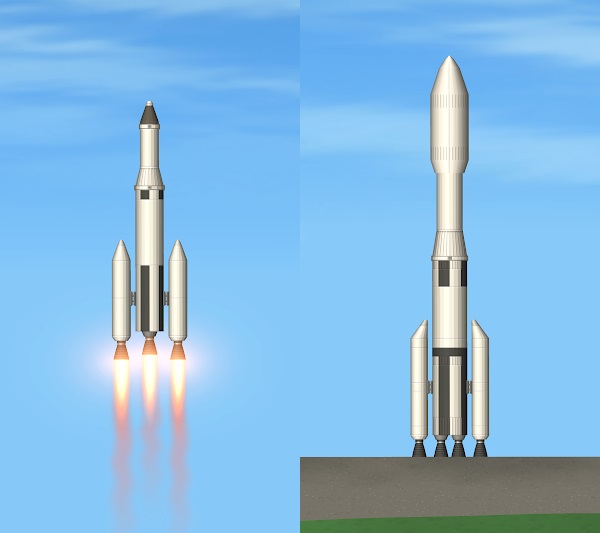

The hardest part of the moon landing is definitely the final encounter because you'll often descend too fast and crash into the Moon. The tutorials included are a lot of help, and I wish I had used them when I first started playing.
#SPACE FLIGHT SIMULATOR USE THRUSTERS HOW TO#
If those steps are too confusing to follow, then watch the video tutorial above or via the app to get a better idea of how to perform a lunar landing.

Set the Moon as a target by clicking on it in map view.These next steps are taken from the app's text tutorial, and I'll explain more afterwards: Getting into low earth orbit will make it easy to set up your destination without risking a collision with Earth. Once you have your rocket ready, then the next thing you'll want to do is get into low earth orbit. You should only use them as you get close to your landing target or if you're docking with another ship. These can provide additional handicaps because of their ability to add low thrust in any direction. Then, add your RB-48 engines on the bottom of your fuel tanks, and finally, add a parachute to the top of your capsule.įor an added bonus, you can attach one or two RCS thrusters to the side of your ship. From there attach a few side boosters using your side separators, and make sure they are even on both sides. When in your creation space, the first thing you should do is attach 2+ fuel tanks to your command capsule. What you really need to focus on when building your first projectile is the fuel tanks (each with a varying amount of liquid fuel), engines/boosters, separators, the aerodynamic nose cone, the parachute, and your command capsule. Having so many parts may seem daunting, but many of them don't serve a huge purpose beyond aesthetics. How to Use the Rocket Parts for Your First Launch Solar Panel: Generates power when extended.Rover Wheel: Used to build ground vehicles.RCS Thruster: Set of small directional thrusters often used for docking.Structural Parts: Light and strong structural pieces.Fairing (cone, trapezoid, rectangular): Light and aerodynamic fairing used to encase payloads during launch.Aerodynamic Nose Cone (vertical, left, and right): Used to improve the aerodynamics of side boosters.

Landing Leg: Retractable and extendable leg used for landing on the moon and other planets.Separator (including side separators): Vertical separator detaches empty stages and side separators detach side boosters.Engine: Small engine used for small stages or landers Engine: High efficiency, low thrust engine used in space when high thrust isn't needed RB-48 Liquid Fuel Engine: High thrust, lower efficiency engine commonly used in the first stage of a rocket.Fuel Tank: Carries liquid oxygen and fuel.Probe: An unmanned probe used for one way missions.Command Module: Small capsule that carries one astronaut.The best part about this game is definitely the rocket building aspect, and luckily there are multiple parts you can use to construct your very own rocket. Large fairing/nose cone (available with expansion pack) Large Adapter (available with expansion pack) Large Rover Wheel (available with expansion) Structural Part ( small & large rectangle)


 0 kommentar(er)
0 kommentar(er)
